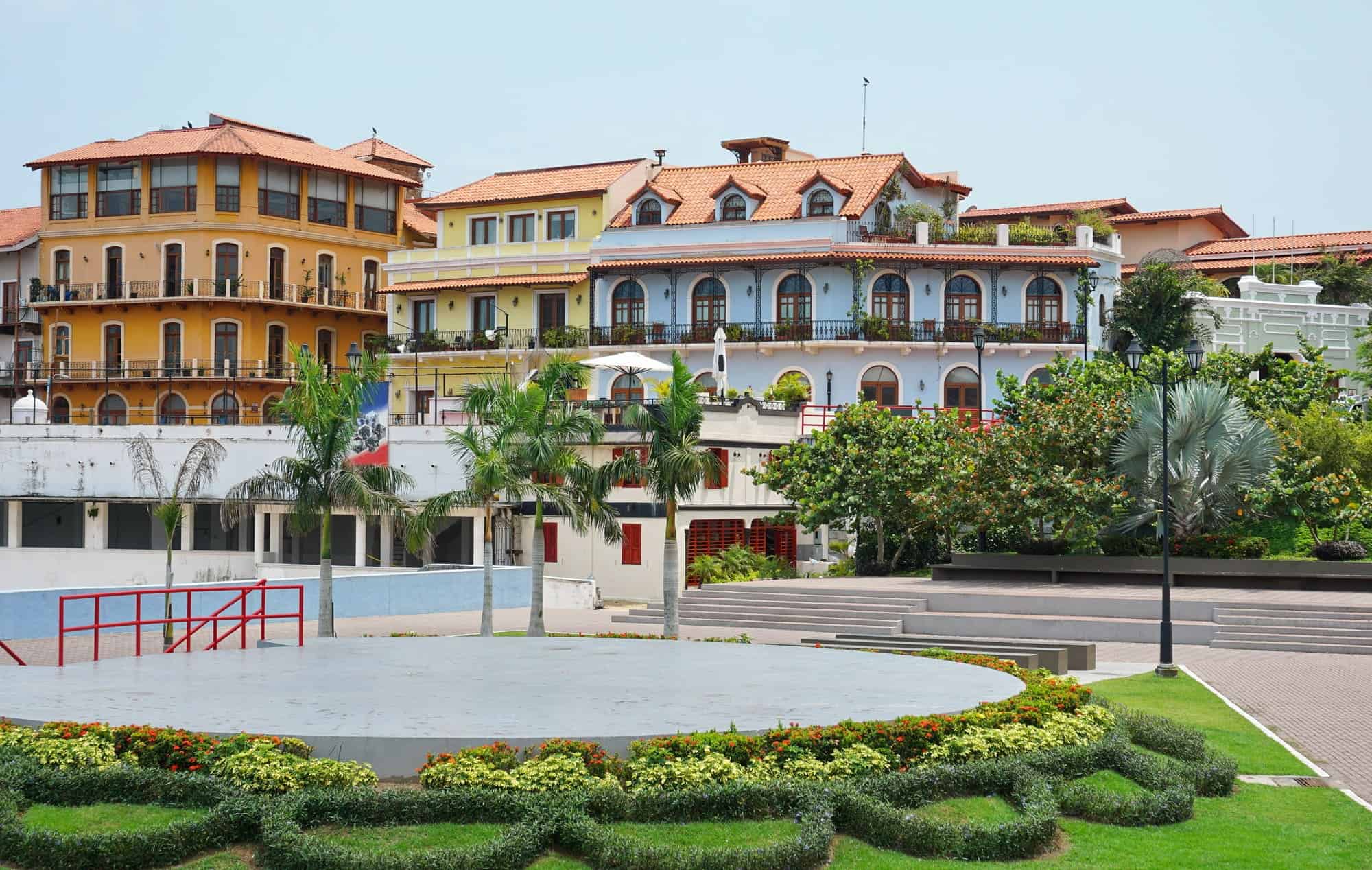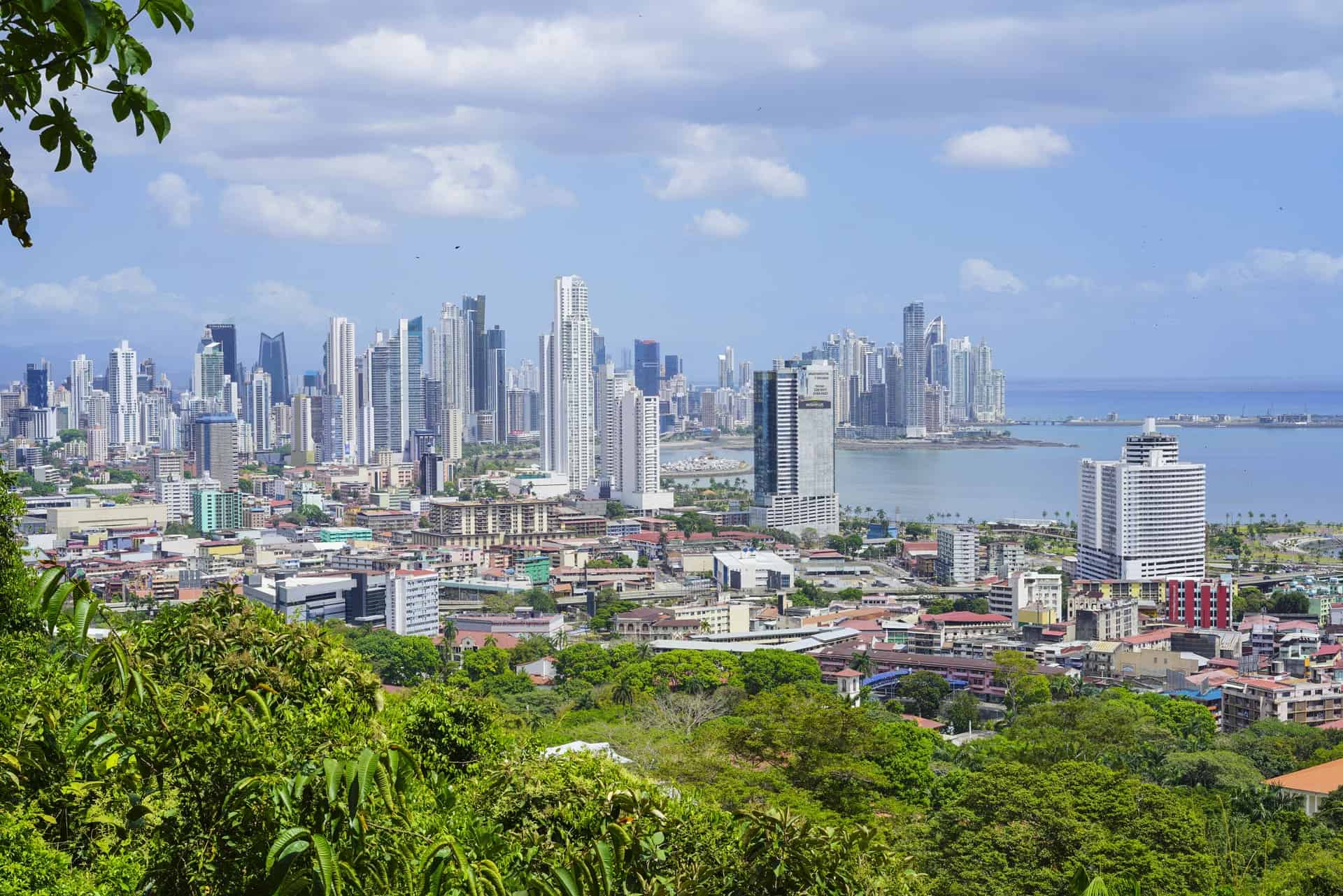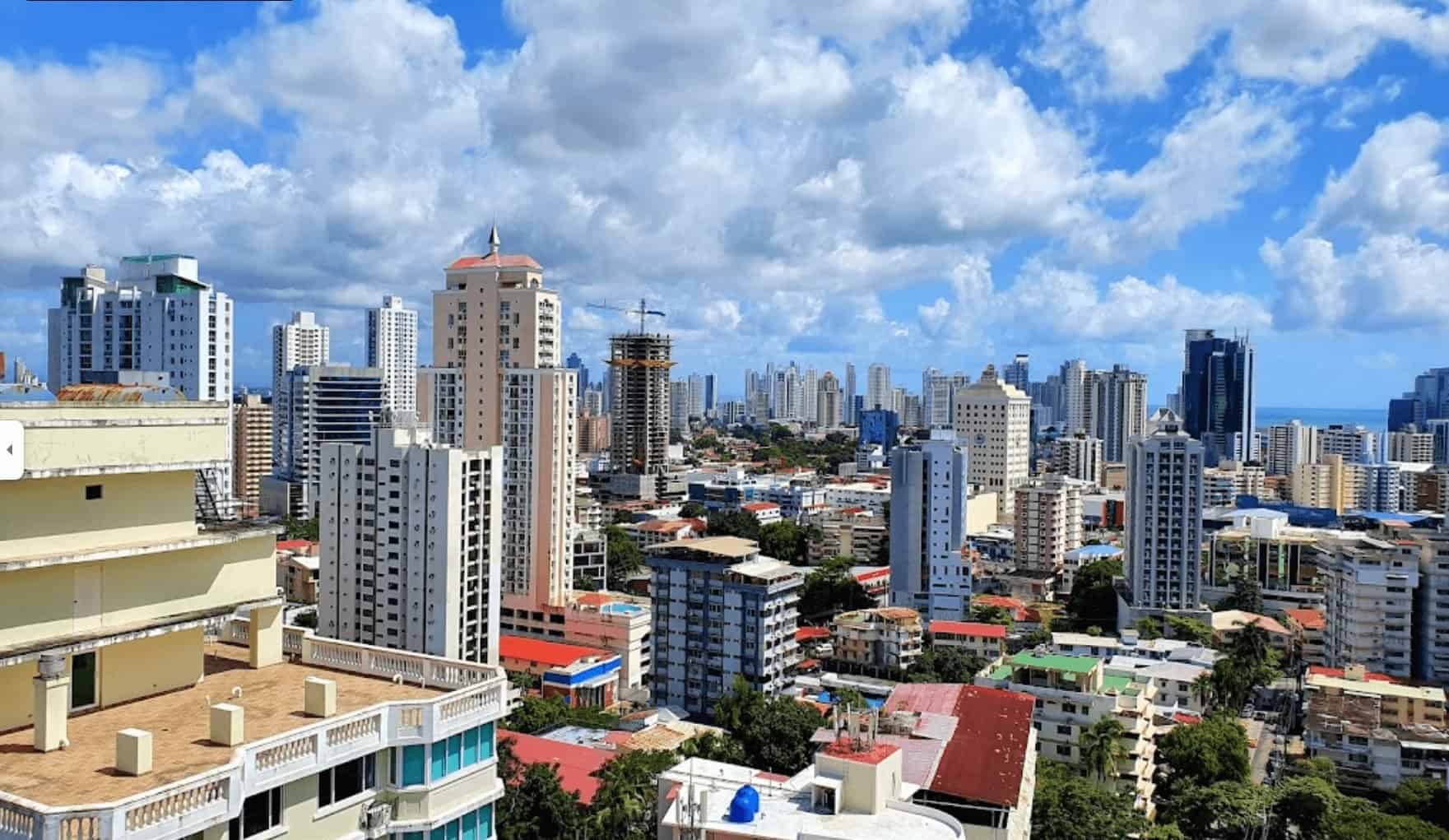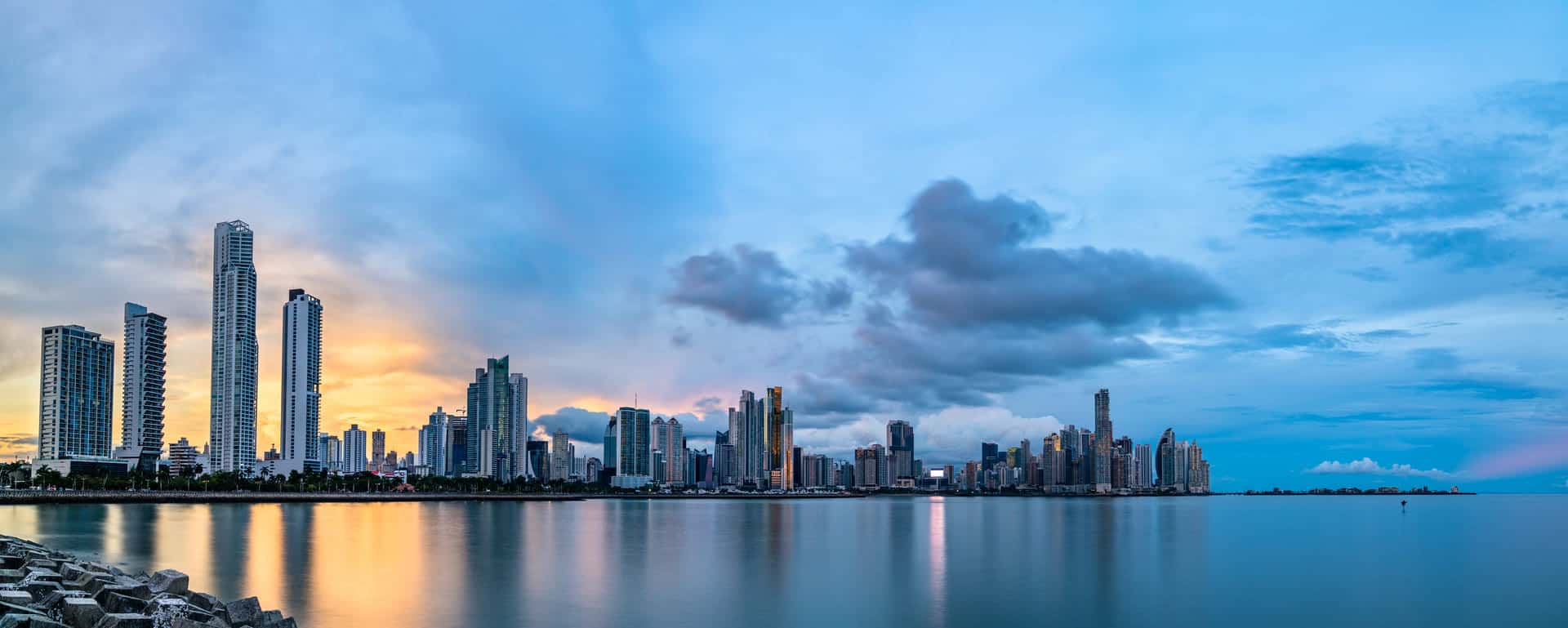In this article, we explore why investing in Panama’s historic districts offers unique advantages. Discover the allure and potential of areas like Casco Viejo, with insights on overcoming investment challenges, from property intricacies to regulatory constraints. We aim to arm you with the knowledge for informed investment decisions, highlighting financial benefits, preservation rewards, and the specifics of managing these valuable assets. Embark with us to uncover the essentials of investing in Panama’s treasured historic areas and grasp the compelling reasons to do so.

Understanding the Value of Panama’s Historic Areas
Grasping the unique value that Panama’s historical districts like Casco Viejo add to the investment landscape uncovers a dual strategy of preserving heritage while boosting modern economic growth. These areas are not only vital for preserving the cultural and historical narrative of Panama but also serve as key drivers for sustainable tourism, real estate development, and local economic growth.
The revitalization and investment in historical districts like Casco Viejo demonstrate a successful model of how cultural heritage can be leveraged to boost economic development. For instance, IDB Invest provided a significant loan to finance the development of Hotel La Compañía, a historic heritage hotel within Casco Viejo. This project aims to support the economic growth of the city’s historic district, creating job opportunities and fostering the local economy by integrating local suppliers into its supply chain, especially those producing food and handicrafts. This initiative is expected to draw more visitors to the area, promoting further investments and highlighting the district’s unique cultural and historical significance.
These initiatives illustrate how historical districts in Panama are valuable assets in the investment landscape. They not only preserve the architectural and cultural heritage of the nation but also serve as catalysts for economic development, community engagement, and sustainable urban renewal. The strategic investment in these areas underscores the potential for historical preservation to coexist with modern economic objectives, creating a vibrant, sustainable model for urban development that respects the past while embracing the future.
Investment Opportunities in Historic Districts
Why Historic Buildings Are a Good Investment
Buildings in historic districts carry cultural and historical significance that can attract tourists and locals alike, creating a unique selling proposition for businesses and residential properties. These areas are often major tourist attractions that drive consistent foot traffic and demand for accommodations like hotels, dining, and shopping, beneficial for commercial ventures. Panama’s government offers tax incentives, grants, or subsidies for the restoration and maintenance of historic properties, reducing the cost burden on investors. Properties in historic districts often appreciate in value over time, as the supply is naturally limited and the demand for unique, character-rich properties remains steady or increases. Investing in a historic district contributes to preserving a community’s identity and heritage, fostering a sense of pride and belonging among residents and business owners.
Types of Investments
Investment prospects within Panama’s historic districts, particularly in locales like Casco Viejo, offer a compelling fusion of cultural significance and economic promise. Below is an overview of the investment avenues prevalent in these regions:
- Real Estate Development: Historic districts in Panama are becoming increasingly sought after for real estate investments. The unique blend of colonial architecture and modern amenities makes these areas particularly attractive for boutique hotels, luxury apartments, and retail spaces. The real estate market in these areas has shown a growing trend, with properties being rapidly bought up due to their unique charm and central location.
- Tourism and Hospitality: With the government of Panama planning to expand the tourism sector, focusing especially on ecotourism and luxury travel, historic districts like Casco Viejo, known for their rich history and cultural heritage, are likely to see an increase in demand. The development of new hotels and tourist attractions in these areas is expected to attract a variety of new target groups, including international tourists.
- Cultural and Historic Preservation: Investments in historic districts are not limited to real estate and tourism. They also encompass cultural and historic preservation efforts. This includes the restoration of historic buildings and the promotion of cultural activities that highlight Panama’s rich history.

Tips for Investing in Historic Properties
If you’re contemplating the purchase of an investment property within a historic district, it’s essential to heed these guidelines:
- Confirm the property’s historical status: Ensure that the property is indeed recognized as historic, the record of historic properties in Panama is maintained by the National Heritage Directorate, which is part of the National Institute of Culture (INAC).
- Engage a certified inspector with expertise in historic properties: When considering repairs or renovations, it’s crucial to have the property thoroughly inspected by a certified specialist familiar with historic structures.
- Assess the structural foundation: Evaluate the property’s structural integrity to ensure it is still sound. If the ravages of time have significantly compromised it, it may be advisable to steer clear.
- Consult contractors for cost estimates: Contact contractors to obtain estimates for various alterations or improvements you may have in mind.
- Research regulations and restrictions: Before purchasing an investment property in a historic district of Panama, thoroughly investigate the rules and limitations pertaining to both renting and structural modifications, ensuring full compliance with local regulations.
Navigating Building and Restoration Restrictions
Building and restoration restrictions in Panama’s historic districts, particularly in areas like Casco Antiguo, requires a deep understanding of the unique zoning regulations and guidelines designed to preserve the historical authenticity and cultural heritage of these areas.
- Oversight by Design Review Boards and Approvals
Within Panama’s historic districts, any proposed changes or new construction must undergo thorough evaluation by design review boards. These entities have the responsibility of ensuring that any alterations align with the historic character and architectural standards of the area.
- Demolition Restrictions and Emphasis on Adaptive Reuse
Stringent regulations are in place to discourage the demolition of historic buildings, requiring strict adherence to specific criteria before approval is granted. This process involves evaluating the historical significance of the building and exploring alternatives to demolition. Furthermore, adaptive reuse policies actively promote the repurposing of historic structures for contemporary needs, preserving their original character.
- Incentives to Encourage Preservation
Incentives designed to facilitate preservation efforts may include reduced property taxes, grants, or financial assistance for restoration projects. These economic benefits are strategically crafted to incentivize property owners to invest in the maintenance and restoration of historic properties, rather than opting for newer developments that could diminish the area’s historical charm.
Benefits of Investing in Historic Districts
Banks have incentives to offer like reduced interest rates on loans intended for the restoration, construction, rebuilding, or purchase of real estate assets in Casco Antiguo and its neighboring areas. Properties in Casco Antiguo and adjacent regions without any prior investment or restoration are exempt from the property transfer tax, which typically amounts to 2% of the purchase price or property value, whichever is higher. Moreover, properties undergoing construction, restoration, or rebuilding during their first transfer are also eligible for exemption from the Property Transfer Tax, provided that the investment in these activities exceeds $50,000.00.
Owners of properties that have undergone complete or partial construction, restoration, or rebuilding are granted a 10-year exoneration from Income tax for income generated through commercial activities, sale, or property transfer. Individuals, whether owners or tenants, engaged in public parking operations are also eligible for a 10-year Income tax exemption pertaining to income earned from this commercial endeavor. Tenants residing in buildings exclusively designated for residential purposes can deduct rent expenses from their income declaration for a 5-year period, starting from the date of the occupation permit’s issuance.
Properties constructed, restored, or rebuilt after the enactment of Law 136 in 2013, and with occupation permits issued thereafter, are exempt from property taxes for a duration of 30 years. Furthermore, any construction materials and equipment necessary for edifices in Casco Antiguo and neighboring areas, which are not produced in Panama or are insufficient in quantity, are exempt from the Import Tax.

Protection and Management Requirements
The original delineation and preservation regulations for heritage protection areas date back to 1976 under Law 91, officially recognizing and legally defining Panama’s national culture and heritage. Further enhancements came with the National Heritage Law 14 of 1982, which established the National Heritage Directorate within the National Institute of Culture, designating it as the responsible state entity for safeguarding and overseeing Panamá Viejo and the Historic District. These regulations also introduced administrative penalties for heritage asset destruction, with fines being increased by five-fold through the 2003 Law 58. In 2007, the Penal Code was amended to include imprisonment as a punishment for criminal heritage asset destruction, according to Law 14 of 2007.
For the Historic District of Panamá, Decree-Law 9, enacted in 1997, outlined specific guidelines for architectural interventions and extended protection to an adjacent area. It introduced fiscal incentives to encourage restoration projects and strengthened the role of the Advisory Commission, enhancing efficiency and transparency in the heritage project approval process. More comprehensive regulations, detailed in Executive Decree 51 of 2004, incorporated zoning and infrastructure considerations and provided a conservation handbook with specific recommendations for architectural modifications and new construction.
To complement the National Institute of Culture’s preservation and management responsibilities, the Oficina del Casco Antiguo (OCA), an inter-institutional public organization, was established. OCA produced a Master Plan and took on the role of inter-institutional coordination. A buffer zone surrounding the Historic District was designated. While municipal authorities retain responsibility for construction permits and taxes in this zone, approval of architectural plans and documents for projects within the Historic District remains under the exclusive purview of the National Heritage Directorate. To ensure coordinated conservation and management of both parts, the formulation, implementation, and periodic review of a comprehensive Heritage Management Plan will be essential.
Conclusion
In conclusion, Panama’s historic districts, including the captivating Casco Viejo, offer a treasure trove of investment opportunities. We’ve explored valuable tips for navigating this unique terrain, emphasizing the importance of understanding building restrictions and restoration requirements. Investing in these districts not only preserves the past but also promises long-term value appreciation and potential incentives. The allure of history meets the promise of financial gain, making Panama’s protected historic areas an enticing destination for savvy investors. As you embark on your investment journey, remember that these districts not only offer returns on your investment but also contribute to the rich tapestry of Panama’s cultural heritage. Happy investing!






